As previously noted, the Convention on Biological Diversity (CBD) considers the protection of Traditional Knowledge (TK) as a relevant tool in the conservation and sustainable use of biodiversity.
In its Preamble, the CBD expressly recognizes:
“the close and traditional dependence of many indigenous and local communities embodying traditional lifestyles on biological resources, and the desirability of sharing equitably benefits arising from the use of traditional knowledge, innovations and practices relevant to the conservation of biological diversity and the sustainable use of its components” and
“the vital role that women play in the conservation and sustainable use of biological diversity and affirm[s] the need for the full participation of women at all levels of policy-making and implementation for biological diversity conservation.”
Article 8(j) of the CBD places the preservation of TK as one of the Parties’ obligation under the in-situ conservation, providing that each Party shall, as far as possible and appropriate:
“Subject to its national legislation, respect, preserve and maintain knowledge, innovations and practices of indigenous and local communities embodying traditional lifestyles relevant for the conservation and sustainable use of biological diversity and promote their wider application with the approval and involvement of the holders of such knowledge, innovations and practices and encourage the equitable sharing of the benefits arising from the utilization of such knowledge, innovations and practices.”
We can observe three major aspects in the preservation of TK:
- each Party is required to preserve TK in its territories;
- the utilization of TK is not allowed without the approval or the involvement of TK holders;
- any contracting Party is expected to formulate a system to ensure that TK holders enjoy the benefits deriving from the utilization of their TK.
While the decision to include Article 8(j) within the text of the CBD represents a significant development, the choice to avoid the use of the terms “rights” or “peoples” is in open contrast to the United Nations Declaration on the Rights of Indigenous and Tribal Peoples Convention No. 169, adopted by International Labour Organization (ILO), in which this terminology has a significant and substantive meaning.
The CBD text reflects the disagreement among the Parties on this issue: in one hand, the reluctance of States with indigenous populations and, in the other hand, the general recognition that the CBD incorporated issues of development and social justice, which required some consideration of a State’s domestic structures and processes.
In 2014, in response to a recommendation of the United Nations Permanent Forum on Indigenous Issues at its tenth session, which stated
Affirmation of the status of indigenous peoples as “peoples” is important in fully respecting and protecting their human rights. Consistent with its 2010 report (E/2010/43-E/C.19/2010/15), the Permanent Forum calls upon the parties to the Convention on Biological Diversity, and especially including the Nagoya Protocol, to adopt the terminology “indigenous peoples and local communities” as an accurate reflection of the distinct identities developed by those entities since the adoption of the Convention almost 20 years ago.
the COP decided, at its twelfth meeting, to use the terminology “indigenous peoples and local communities” in future decisions and secondary documents under the CBD, as appropriate.
Credits
- Kuei-Jung Ni, Traditional Knowledge and Global Lawmaking , 10 Nw. U. J. Int’l Hum. Rts. 85 2011-2012.
- D.French, Sustainable Development and Biological Diversity, in International Economic Law: Critical Concepts in Law, ed. by Asif H. Qureshi and Xuan Gao, Vol. V, Routledge, 2010.
Photo on Visual Hunt
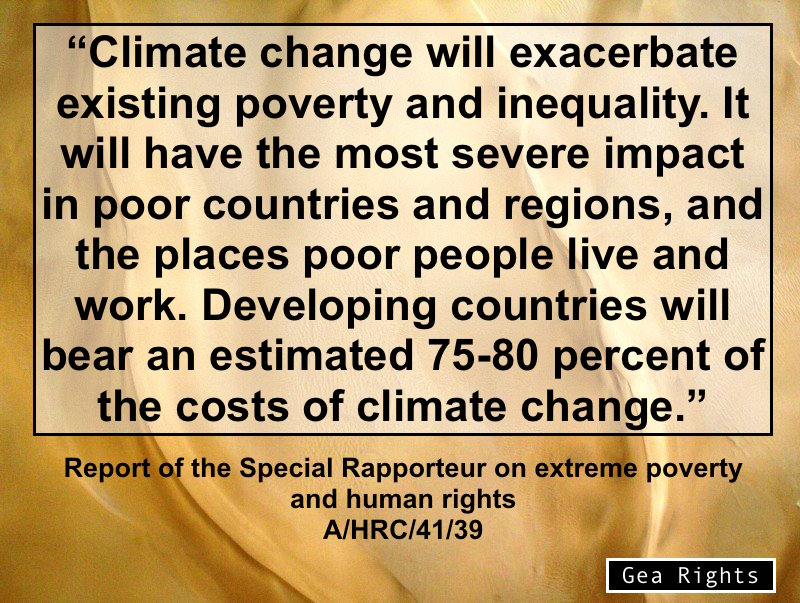
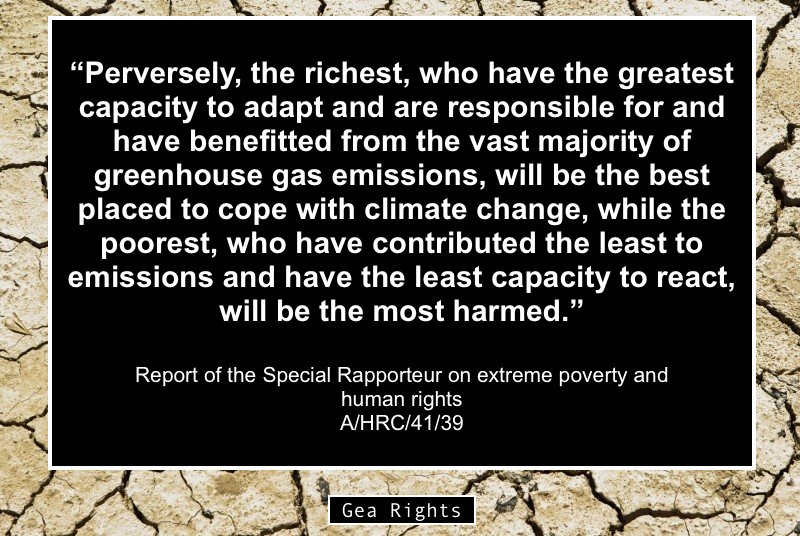
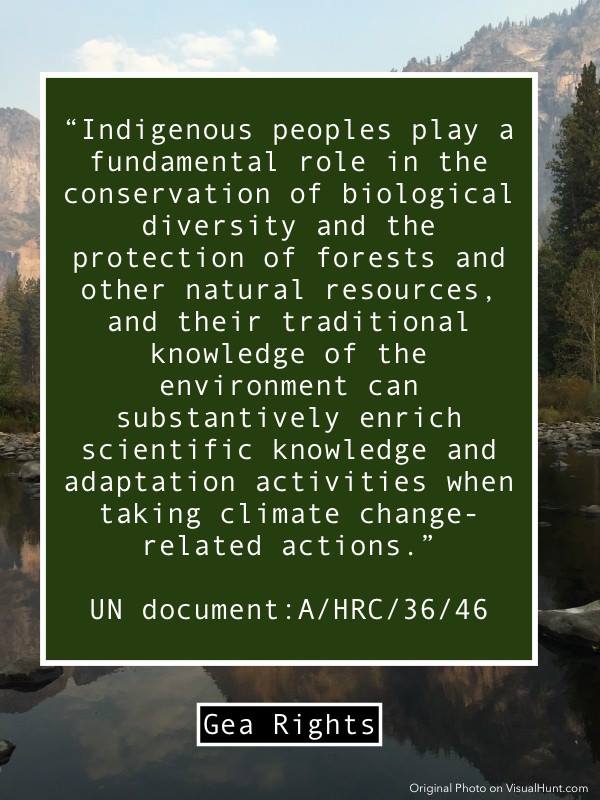
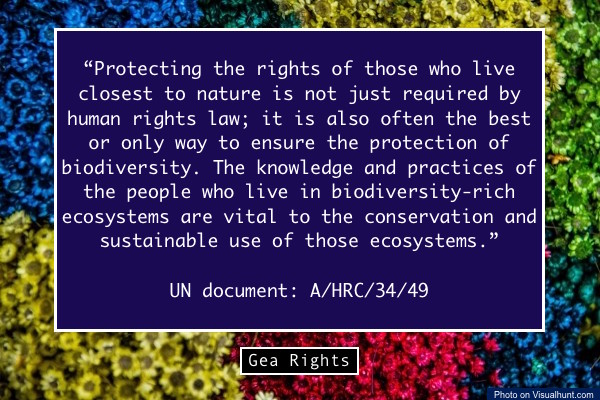
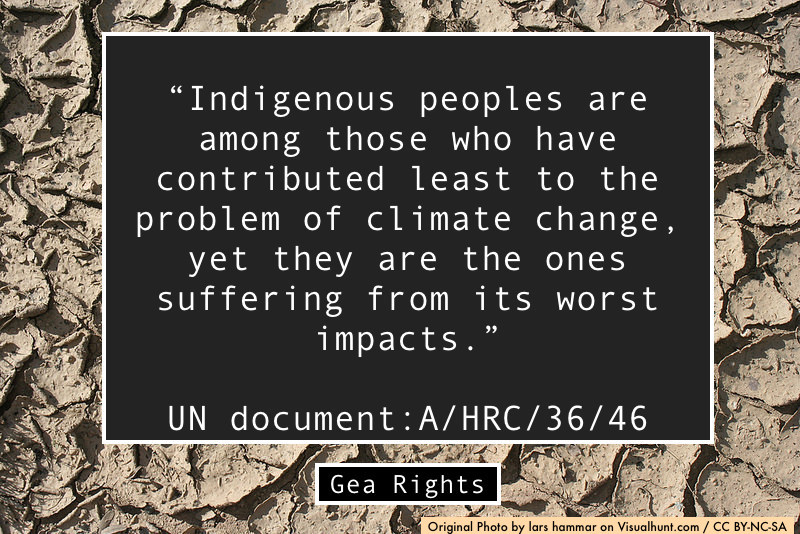

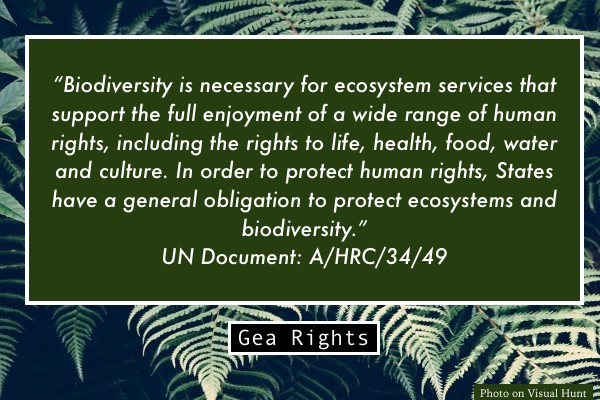
Leave a Reply